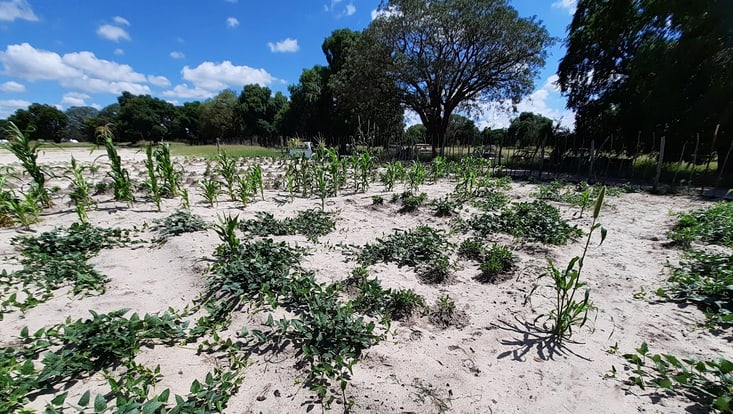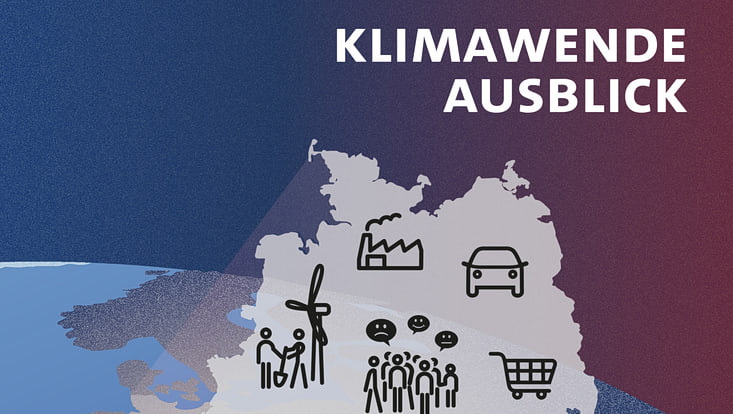and Society (CLICCS)
Cowpeas in NamibiaBetter harvests despite climate change – what’s holding farmers back
21 May 2025, by Stephanie Janssen

Photo: UHH/CLICCS/K. Jantke
What can farmers in Namibia do to combat climate change? For one thing, they can grow cowpeas – as a CLICCS research project has already shown in field tests. The legume is not only drought-resistant; it also improves soil fertility. And using a simple method, it could lead to larger harvests, optimally even twice as large. That’s three major points in its favor, but farmers are still reluctant to grow it.
Better harvests are possible, but are they also plausible? Or, more to the point: Would smallholder farmers be willing to plant more cowpeas in order to protect themselves from climate change? A new study shows that they’re fundamentally interested – but only half of them would actually switch crops. In interviews conducted with 90 farmers from 30 villages in northern Namibia, a CLICCS team and experts from Namibia University of Science and Technology determined that harvesting cowpeas takes more work than with e.g. locally popular maize.
“We want to develop adaptation measures that actually work,” says Dr. Kerstin Jantke, an environmental researcher and co-author of the study. “Surveys and conversations with the people are a fundamental cornerstone of making that happen. After all, personal circumstances often play a vital role in whether or not people choose to support and implement changes.” In the case at hand, those surveyed explained that, compared to maize, cowpea pods grow closer to the ground and each only contains a handful of beans – which means harvesting them by hand costs more time and energy.
Cowpeas belong to the Leguminosae, a family of legumes that offer desirable qualities for cultivation in Namibia. Just like beans, lentils, peas and chickpeas, they can directly absorb nitrogen from the air and use it to grow, whereas maize requires additional fertilizer. Moreover, when farmers grow more Leguminosae, they improve soil fertility – which also benefits other crops.
Can cowpeas still become a success story in hot and dry regions? “People want easily accessible and tailored information on how to handle the plants,” says Jantke. From her experience in other research projects, she knows: Providing it improves the chances of new farming methods being accepted.
Publication:
Original article: Rasche L, Katjana J, Jantke K, Uchezuba D, Schneider UA (2025): Exploring the Plausibility of Inoculated Cowpeas as a Climate Adaptation Strategy for Namibian Smallholder Farmers; Sustainability; https://doi.org/10.3390/su17094041
The project is jointly sponsored by CLICCS, the DAAD, and as part of the BMFTR project SUSTAIN.


